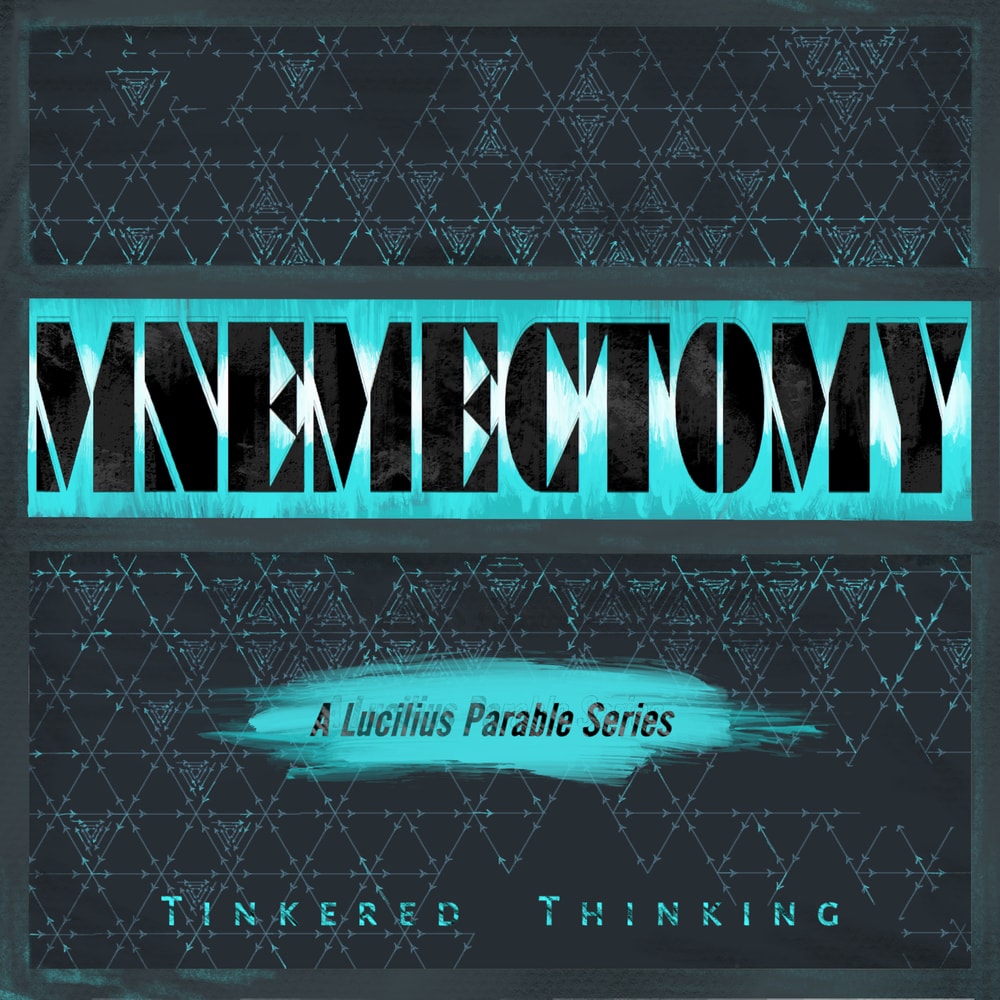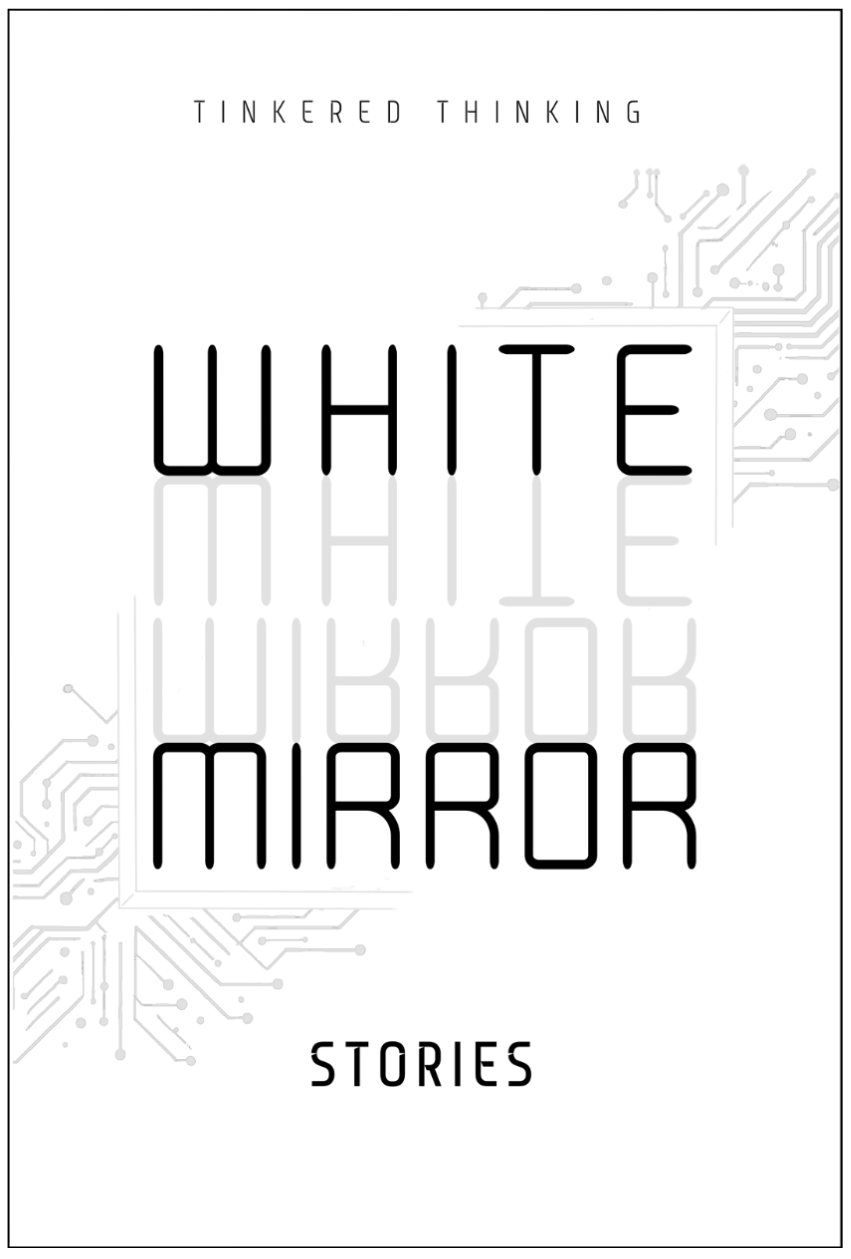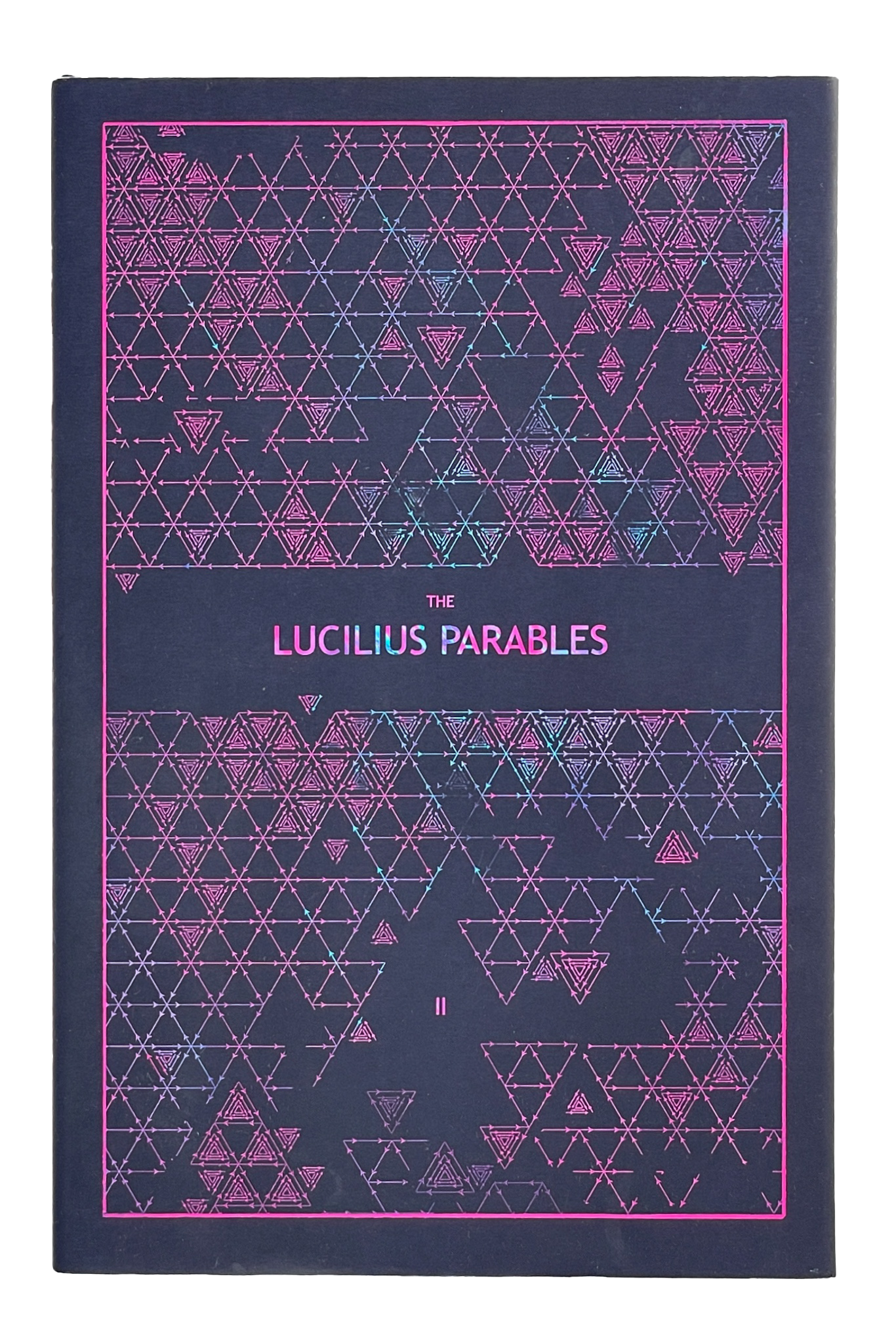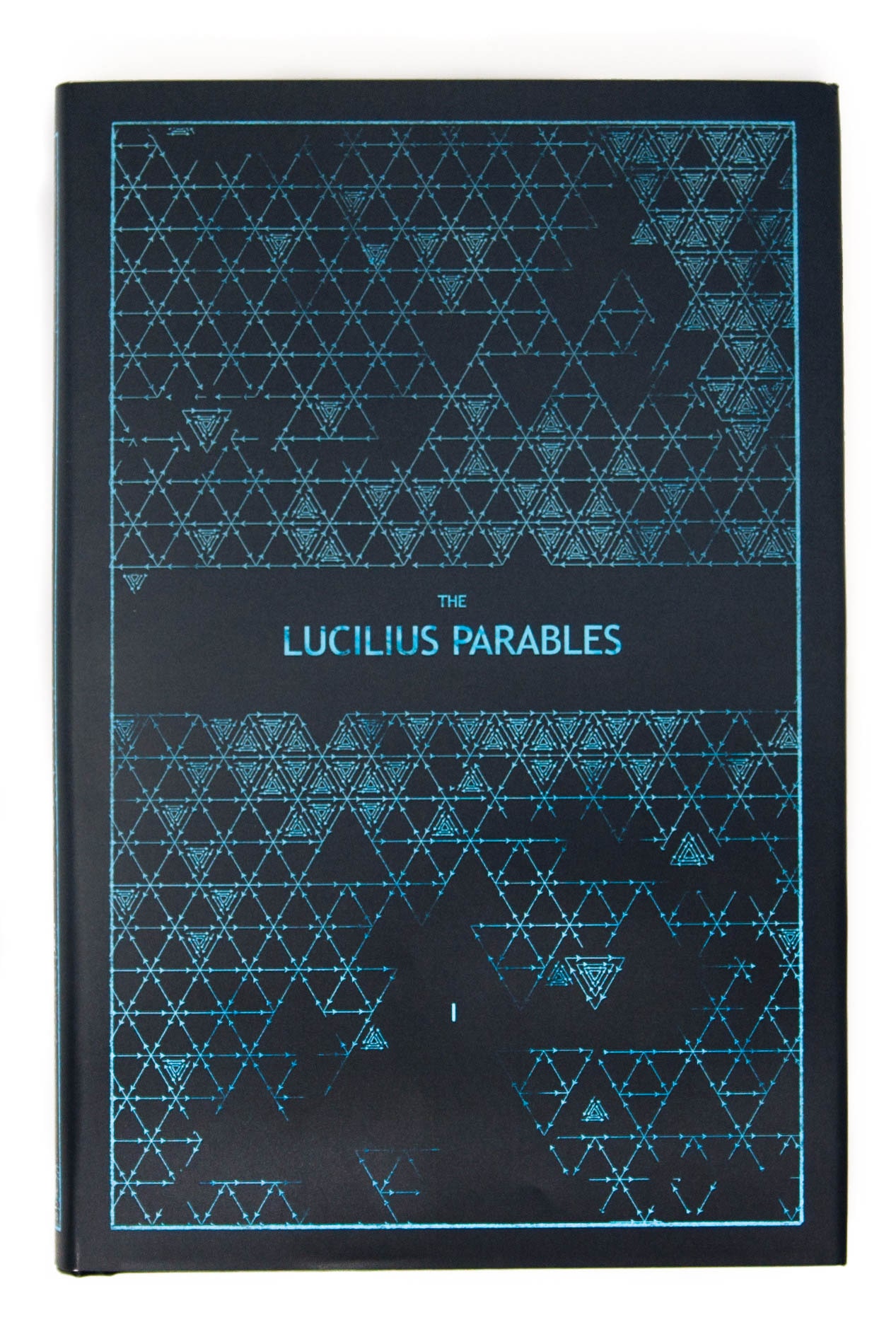Daily, snackable writings to spur changes in thinking.
Building a blueprint for a better brain by tinkering with the code.
subscribe
rss Feeds
SPIN CHESS
A Chess app from Tinkered Thinking featuring a variant of chess that bridges all skill levels!
REPAUSE
A meditation app is forthcoming. Stay Tuned.
CONQUER OR CONCUR?
September 19th, 2018
What’s easier: to pull a trigger? Or to evoke your own viewpoint in the mind of an enemy?
This may be the most important and fundamental example of refusing the easy, short-term solution, in favor of something much more difficult, but supremely better in the long term.
To clarify, we do not necessarily need a deadly weapon to pull the trigger – though that is the most extreme and most poignant act on the spectrum. When we resort to insult and defamation as a response, we are still pulling a trigger in some sense. Pulling whatever trigger is simply an attempt to end or damage the interaction as fast as possible. Flying insults might result in a screaming match, but the goal of such a screaming match is quick and total domination. The goal is that it will happen much quicker than an attempt to bring an enemy closer by understanding them, getting to know them, and ultimately evoking our own perspective and viewpoint in their mind.
There is also a subtle risk inherent in the attempt to bring our enemies closer with the aim of creating an amicable relationship. We risk giving up our own perspective and viewpoint in favor of a better one that might be at the core of our enemy’s M.O. This feels counter-intuitive because we are all blessed with the unfortunate certain conviction that we are correct in our current viewpoint. But when we engage with an enemy, either with generosity or force, this is what we are asking of our enemy. We are asking that enemy to abandon their own viewpoint and perspective in favor of our own, often when the enemy is also blessed with the symmetrical conviction that they are correct.
This so often fails because we make this request – often forcefully – at a distance and without the mutually vulnerable possibility that we ourselves may have to relinquish our cherished viewpoint in favor of a better one.
Getting closer to an enemy with the aim of transforming that enemy into a friend does not involve drawing them in. It requires a simultaneous drawing in of that enemy and approaching that enemy on our part. This approach on our part is necessary because we must learn how the enemy thinks, what experiences the enemy has had and what emotions are currently guiding that enemy. All of these intimate components of our enemy’s psychology comprise tools that we use, colors that we can paint with. We must look at the ideas and emotions of our enemy as raw materials from which we can construct a working model of our own perspective.
This is at the heart of the Socratic method. Socrates would elicit his own perspective from his companion in dialogue by asking questions which would lead the mind of his companion on a series of mental quests ultimately leading to a place where that companion could view the point Socrates was trying to make, and in doing so, Socrates recreated his own viewpoint in the mind of his companion.
Notice the language we use when it comes to our mental constructions of situations: we say perspective or viewpoint. Both words make more literal sense in the physical world, where we can walk around and stand at different points to obtain different views or perspectives.
So often we merely wait for our turn to speak, and when our turn arrives, we graffiti the opportunity with a description of our opinion or viewpoint. Doing so almost always fails to bring the person we speak with to a point where they see such viewpoint.
It is akin to standing before the Grand Canyon and asking someone over the telephone “Isn’t it amazing?”. If they don’t have an idea of where we are, imagine the confusion, and the downright inability to answer the question. We could describe what we see, and this would maybe elicit something in their mind. We could send a picture, which might work even better because that person then gets to have their own experience, not solely based off our own. Or best yet, we could buy that person a plane ticket and fly them to the very spot where we stand so they can have the exact same viewpoint and perspective that we do.
It’s important to note that in this example, the person had to go on a quest to get to the Grand Canyon where we are standing in order to have the exact same viewpoint and perspective that we do.
The Grand Canyon is a literal physical example, that we can analogize back into a figurative example.
If we want to evoke our viewpoint in the mind of an companion in dialogue – even someone we might consider an enemy, we must take their mind on a figurative quest.
Our enemy’s own imagination is our greatest tool for persuasion.
But in order to use that imagination as a tool, we must get close to that person, we must get to know them. We must have a working understanding of their emotions and their past experiences. In doing so we are acquainting ourselves with the color pallet of their imagination. And once we have become sufficiently acquainted with that pallet, we can start to paint a representation of our own idea in their mind.
Knowing the same language is not good enough.
The reason for this is that words in isolation between people do not mean nearly as much as what the same word means in the context of one individual’s life. An easy example of this is how some people hate some words, often choice profanity, while other people may not mind such words at all, or better still, other people might adore such words. This simple example shows how the same exact language, the same exact word does not mean the same thing to different people. Because of this difference, we must investigate and explore our companion or enemy’s mind so that we can use these nuances.
By acquainting ourselves with the history and emotional make-up of a person, we gain an understanding of the flavor to which their understanding of language is attuned.
Notice the risk in doing so. In order to get to know someone so well, we may discover reactions in our own self that we did not expect. Compassion might pop up when we hear of a particularly grueling and brutal experience that our enemy was subjected to by the whims of fate. We may grow feelings of disgust for the parties our enemy feels are guilty of such brutal experiences. We may find ourselves questioning our own alliances to such parties because of this conflict of emotions. Here in lies the terrifying but necessary risk required to get close enough to our enemy to unlock that enemy, using their own experience to paint within them a picture of our own view point. To take the core of their experience by the hand and lead it on a figurative quest to a place we have in our own mind, where they can see our point.
If we merely graffiti the dialogue space with a description of our point of view, we effectively build a wall. The question is not a building tool, but a kind of scalpel. One that allows us to dive into our enemy, to understand them beyond the blanket walls of opinion that are erected in most conversations.
The Question is the Trojan horse of conversation. But instead of sacking Troy as Odysseus and his compatriots did, we can build a new tower in the center of our enemy’s city - in the center of our enemy’s mind. One from which our enemy can finally see our own point of view.
This episode references Episode 30: The Only Tool, Episode 89: A Lucilius Parable, Whims of Fate, Episode 128: Question.
-compressed.jpg)





